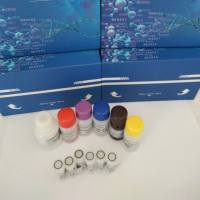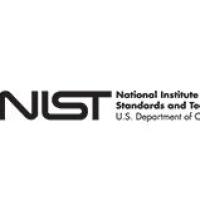Application of In Vitro Comet Assay for Genotoxicity Testing
互联网
492
The comet assay, also called the single-cell gel electrophoresis (SCGE) assay, is a simple, rapid, and sensitive technique for detecting deoxyribonucleic acid (DNA) damage at the level of individual eukaryotic cells. The types of DNA damage that can be observed with this method are DNA double-strand breaks (DSB) and single-strand breaks (SSB), alkali labile sites (ALS) such as apurinic/apyrimidinic (AP) sites, DNA-DNA and DNA-protein cross-links, and SSB associated with incomplete excision repair. To carry out the assay, the cells are embedded in agarose gel on microscope slides and lysed under mild alkaline conditions to remove cellular proteins. The slides are then exposed to alkaline conditions to cause the DNA to unwind and electrophorese. During the electrophoresis, undamaged supercoiled DNA migrates slowly and close to the nucleoid, whereas broken DNA fragments and relaxed chromatin migrate faster and further away from the nucleoid toward the anode, giving the appearance of a “comet tail.” The DNA is stained with a fluorescent dye, and the DNA damage is quantified under a fluorescence microscope by visual scoring or by computerized image analysis.









